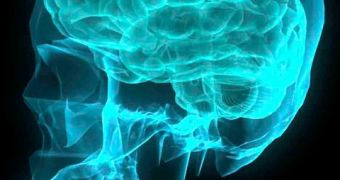Our ability to recognize shapes and patterns is something that scientists believe was an acquired trait, spawned from the environment in which a new individual was born. But a new scientific study, published this week in the online issue of the journal Psychological Science, seems to show that people have a sense of geometry, and of shape perception, regardless of the influences that they receive early in life. This basically means that the brain is able to develop shape perception all by itself.
“In terms of perceiving the world (…) either genetics or the natural world will give you the right type of experiences,” Irving Biederman, the lead author of the new journal entry, explains. The expert in perception is also the Chair of neuroscience at the University of Southern California (USC) College of Letters, Arts and Sciences. The recent investigation was led on a group of westerners, which was compared with a group of African nomads. Members of the latter group were selected so that they were as little exposed to the geometrical figures the Western world was accustomed to as little as possible. Shape-sorters, the “educational” instruments that are supposedly a principal tool in teaching children how to recognize shapes, are thus rendered obsolete by the new evidence. They can be safely added to the large pile of useless toys that allegedly help children develop cognitive traits. “Your kids will grow up being able to see shapes just fine without specific training,” Biederman adds. “The [new] experiment offers, to our knowledge, the most rigorous assessment of the effects of exposure to modern artifacts on the representation of shape,” he says. Members of the African Himba tribe have never seen a computer or TV, and only use hand-made tools. Despite them not having words for shapes such as triangles, squares or rectangles, they were just as able as college students from Los Angeles to recognize non-accidental, or metric, properties in various shapes they saw on a laptop screen. “The bottom line is that the Himba differ not at all from individuals living in what is, arguably, the most artifactual of environments [Los Angeles],” the UCS experts write in their study.
Experts say it develops all on its own
hot right now

 14 DAY TRIAL //
14 DAY TRIAL //